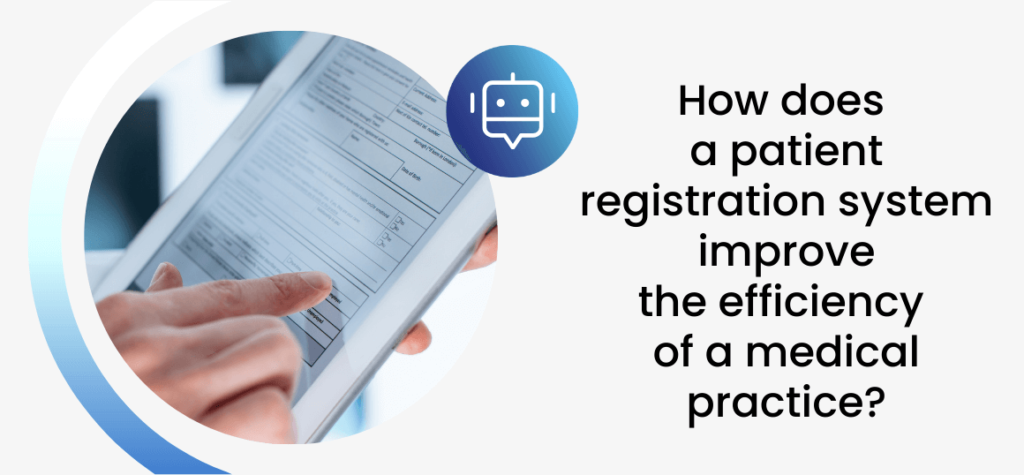How does a patient registration system improve the efficiency of a medical practice?

How does a patient registration system improve the efficiency of a medical practice?
In the era of digital transformation, every medical facility faces the challenge of ensuring high-quality patient care while maintaining efficiency and smooth internal processes. One of the key elements that can significantly contribute to achieving these goals is the implementation of a modern patient registration system. In this article, we will explore how well-designed software can streamline the operations of a medical practice, enhancing the satisfaction of both staff and patients.
Why invest in a patient registration system?
Real-time appointment scheduling and management
Traditional methods of scheduling and managing appointments, relying on paper calendars or simple spreadsheets, are not only time-consuming but also prone to errors. A patient registration system provides an intuitive interface that enables quick and easy appointment booking, modification, or cancellation in real-time, minimizing the risk of mistakes and misunderstandings.
Automated reminders for patients
An essential feature of modern patient registration software is the ability to automatically send reminders about upcoming appointments. This ensures that patients stay well-informed, reducing the number of missed appointments. Reminders can be sent via SMS or email, adding an extra layer of convenience for patients.
Electronic medical records
Integrating a patient registration system with an electronic medical records (EMR) system is another step toward improving the efficiency of a medical practice. This integration enables quick access to patient medical histories, test results, and other essential information, significantly reducing the time required to handle each patient.
Virtual PBX – the key to modern communication
A virtual PBX is a technological solution that overcomes traditional communication barriers in organizations by offering flexibility, scalability, and access to advanced telecommunication features—without the need for costly and complex physical infrastructure. With a virtual PBX, medical facilities can automate call reception, manage inquiry queues, and redirect calls to the appropriate specialists. This is especially valuable for patient registration, where efficient and reliable communication directly impacts service quality and patient satisfaction. Learn more about the possibilities offered by a virtual PBX by clicking the link.
Integration with external systems
Solutions provided by EasyCall, such as the virtual call center, open new opportunities for medical facilities by enabling seamless integration with existing external systems, including electronic medical records and practice management software. This integration not only ensures effective management of incoming and outgoing calls but also enables automatic synchronization of patient data across different platforms. Such an approach significantly enhances the registration process, allowing medical staff to focus on direct patient care while automated systems handle information flow management.
Voicebot – automation at the conversation level
A voice bot represents the next step in automating and personalizing customer service. Utilizing speech recognition and artificial intelligence technologies, voicebots can independently handle patient inquiries, schedule appointments, and provide information about medical services. This frees up staff from routine tasks, allowing them to focus on more complex and individualized cases. Integrating a voicebot with the patient registration system saves medical facilities time and resources while improving service standards. To learn more about how voicebots can revolutionize patient interactions, visit the voicebot page.
Introducing a patient registration system in a medical facility is a decision that brings numerous benefits for both staff and patients. Improved operational efficiency, minimized risk of errors, enhanced communication, and increased patient satisfaction are just a few of them. Implementing such a solution is a strategic move that helps maintain competitiveness in the healthcare services market.
